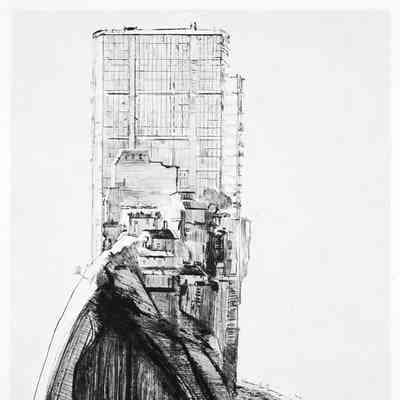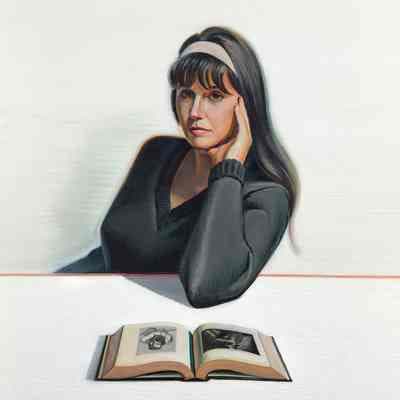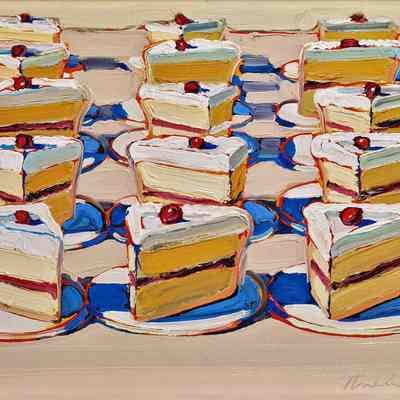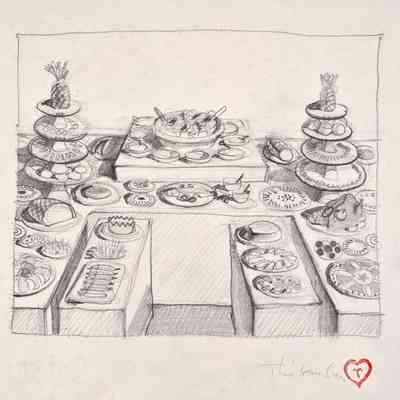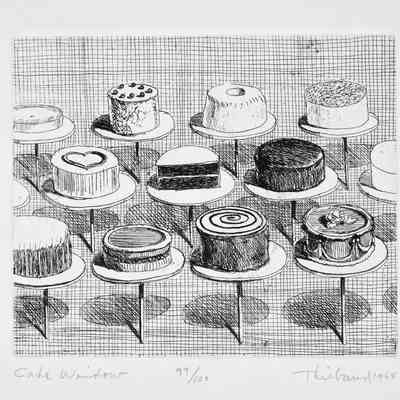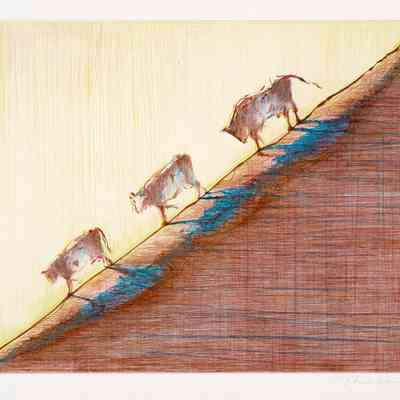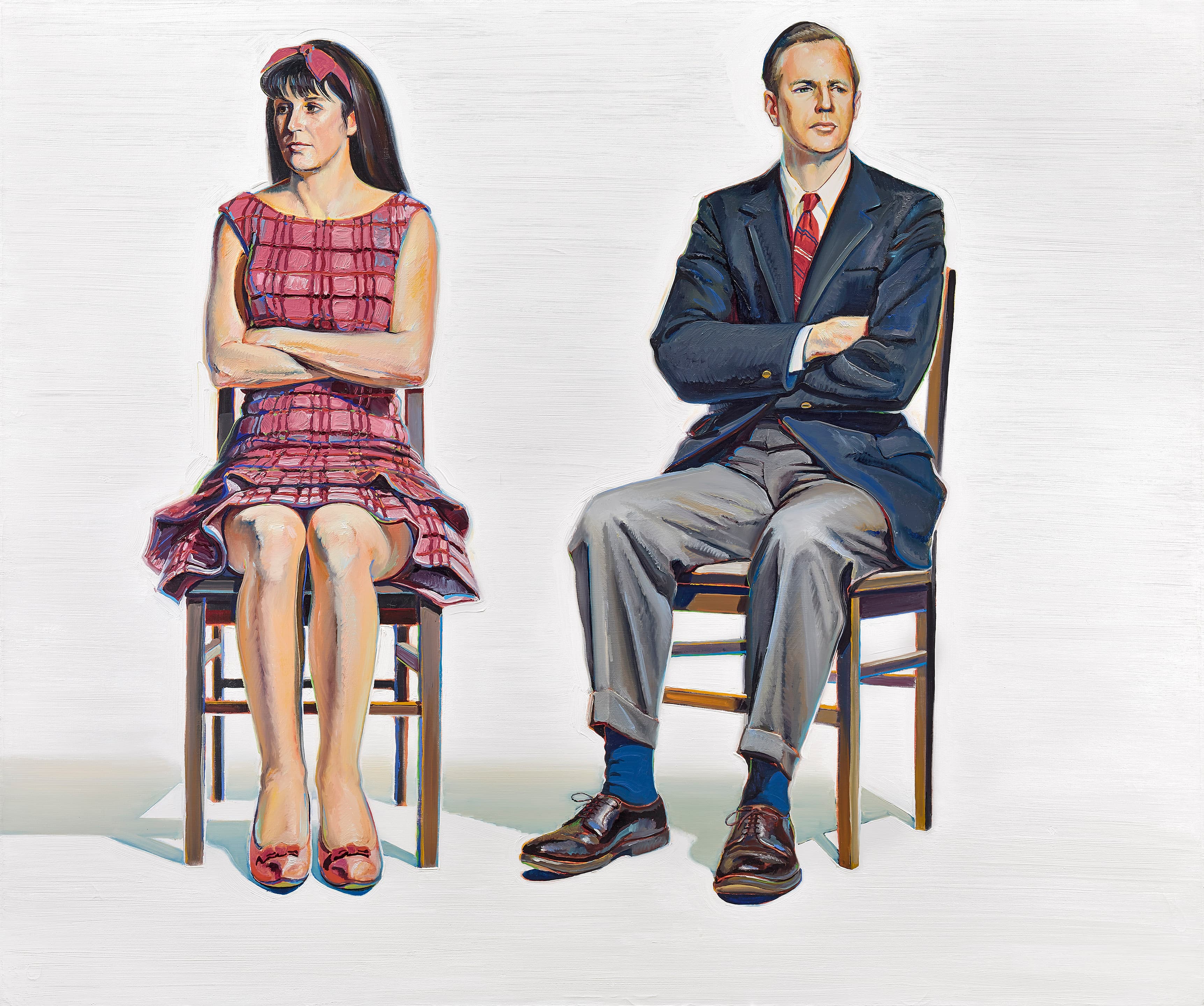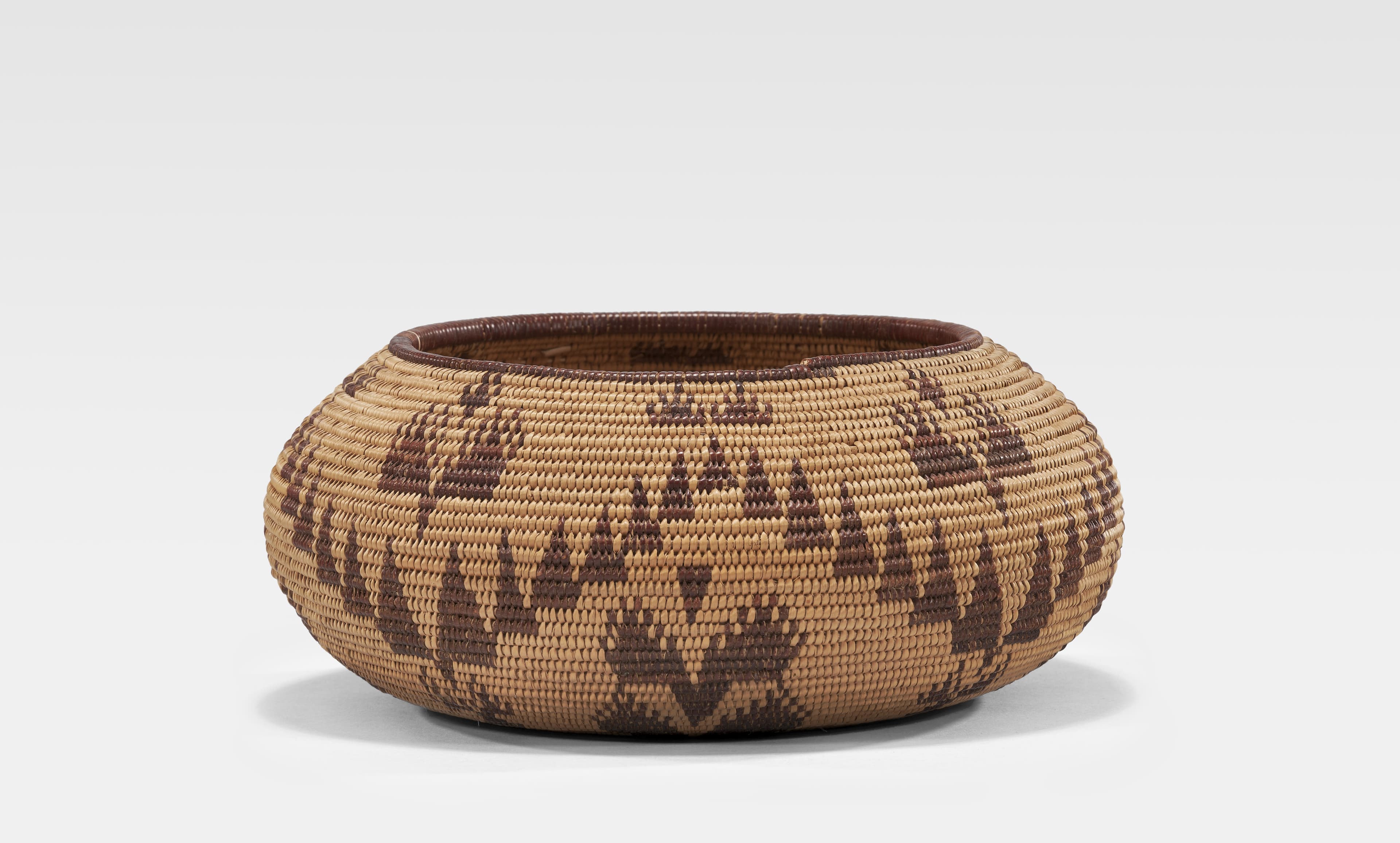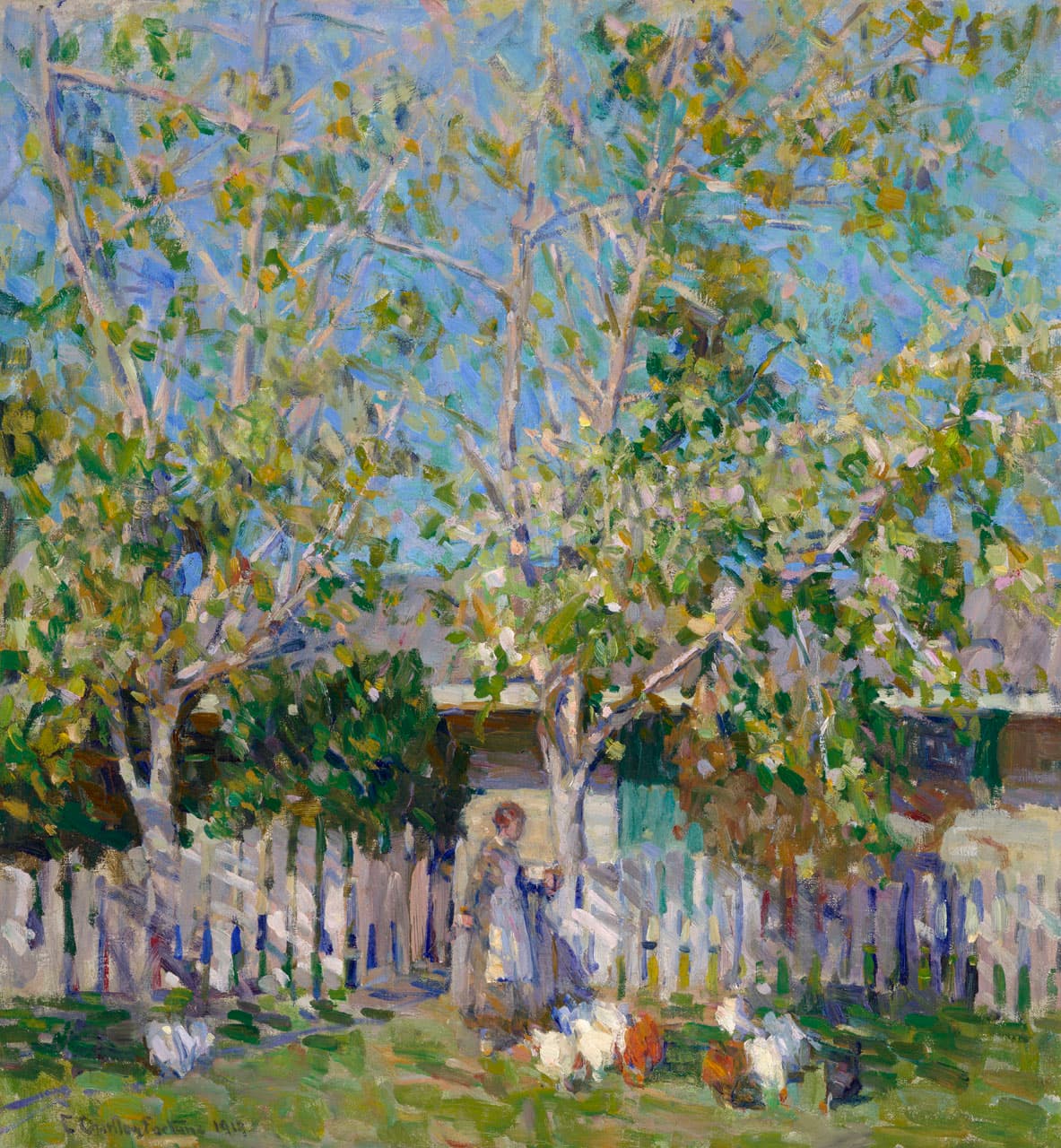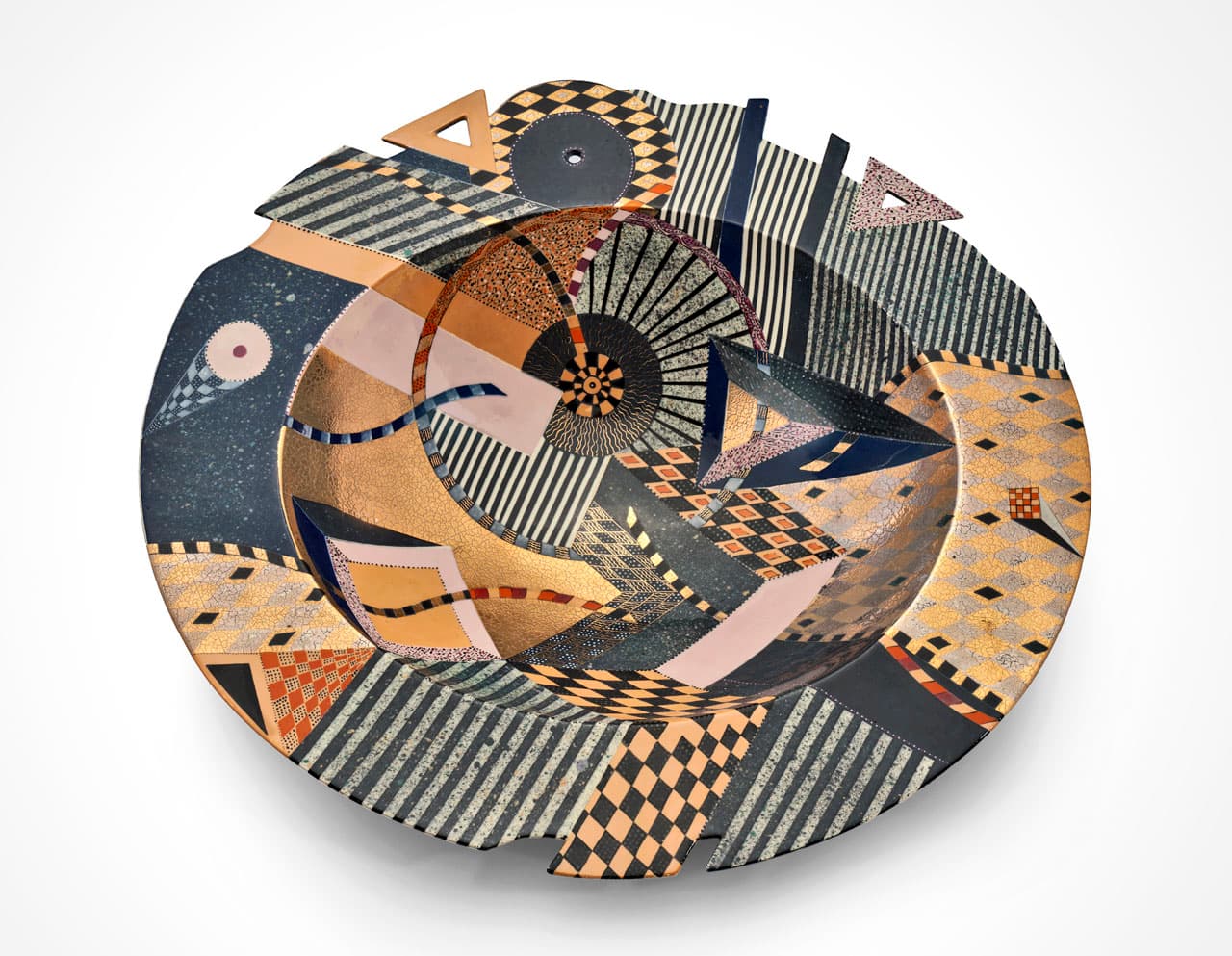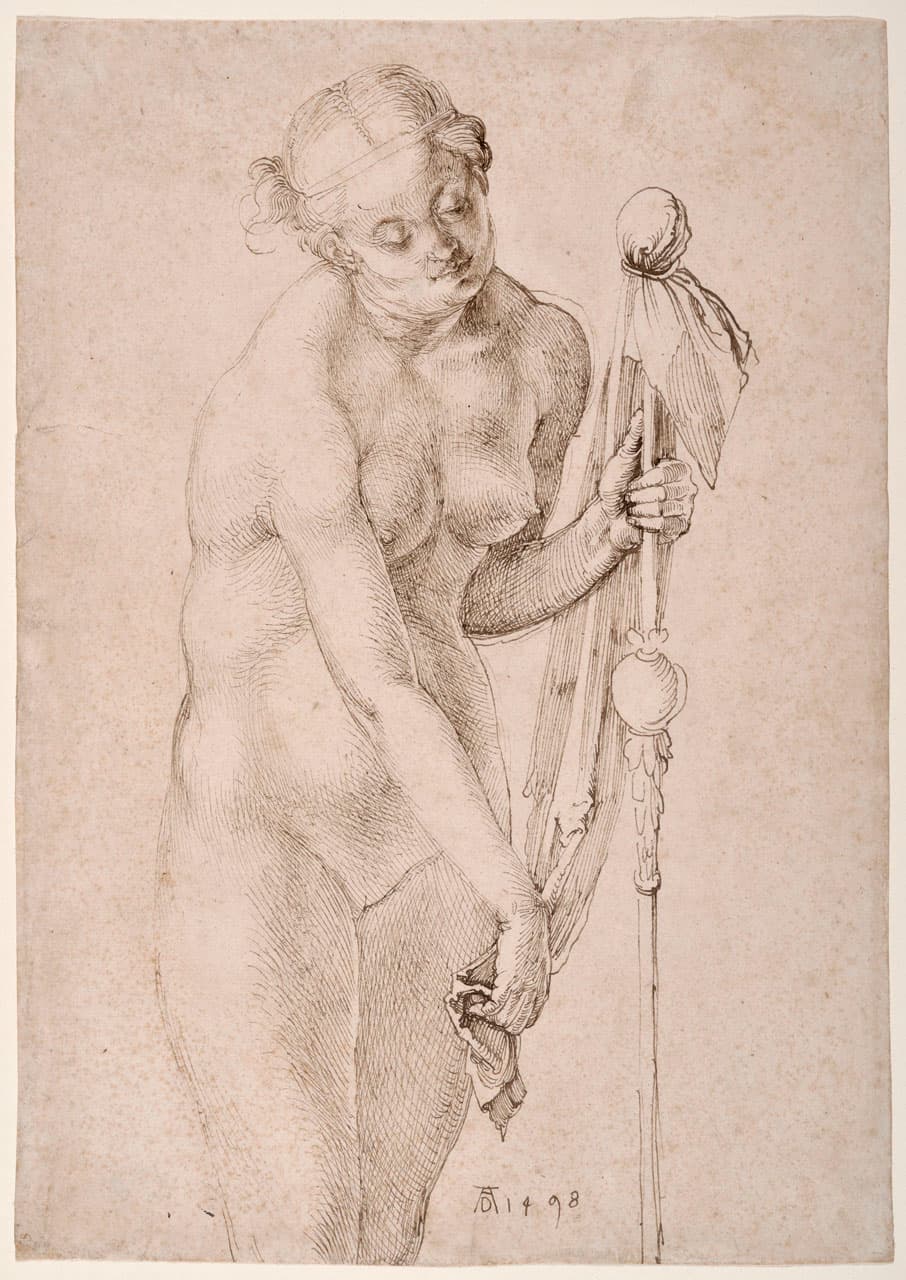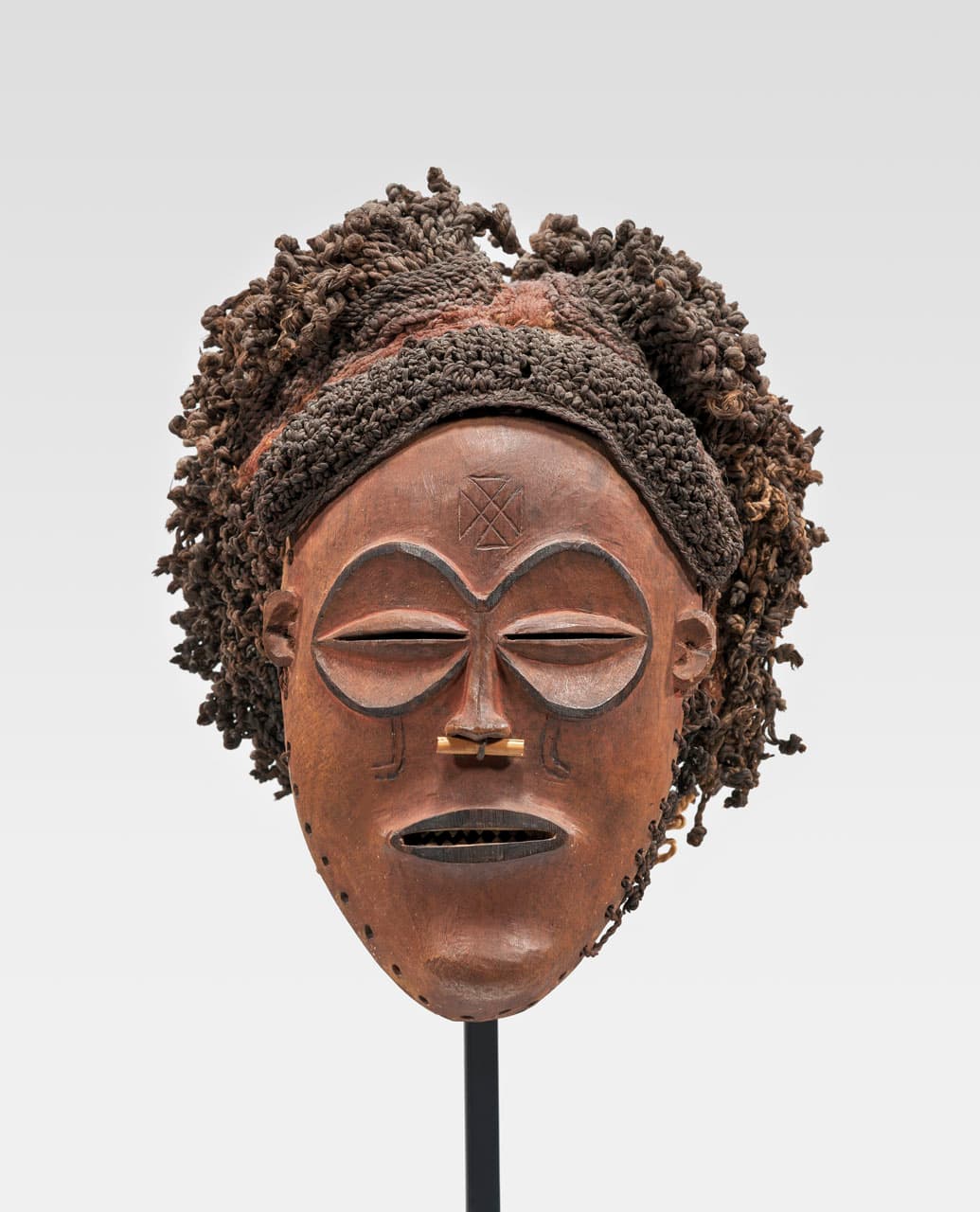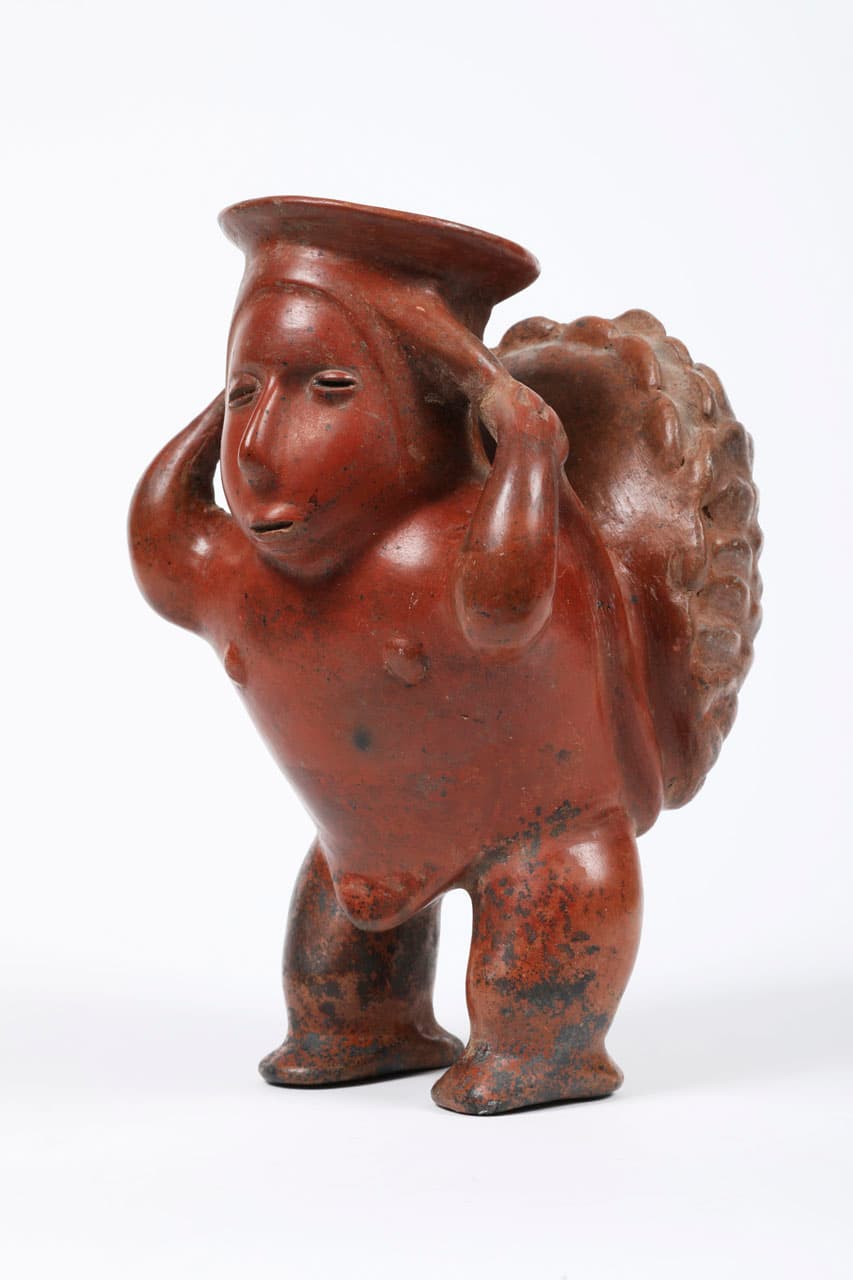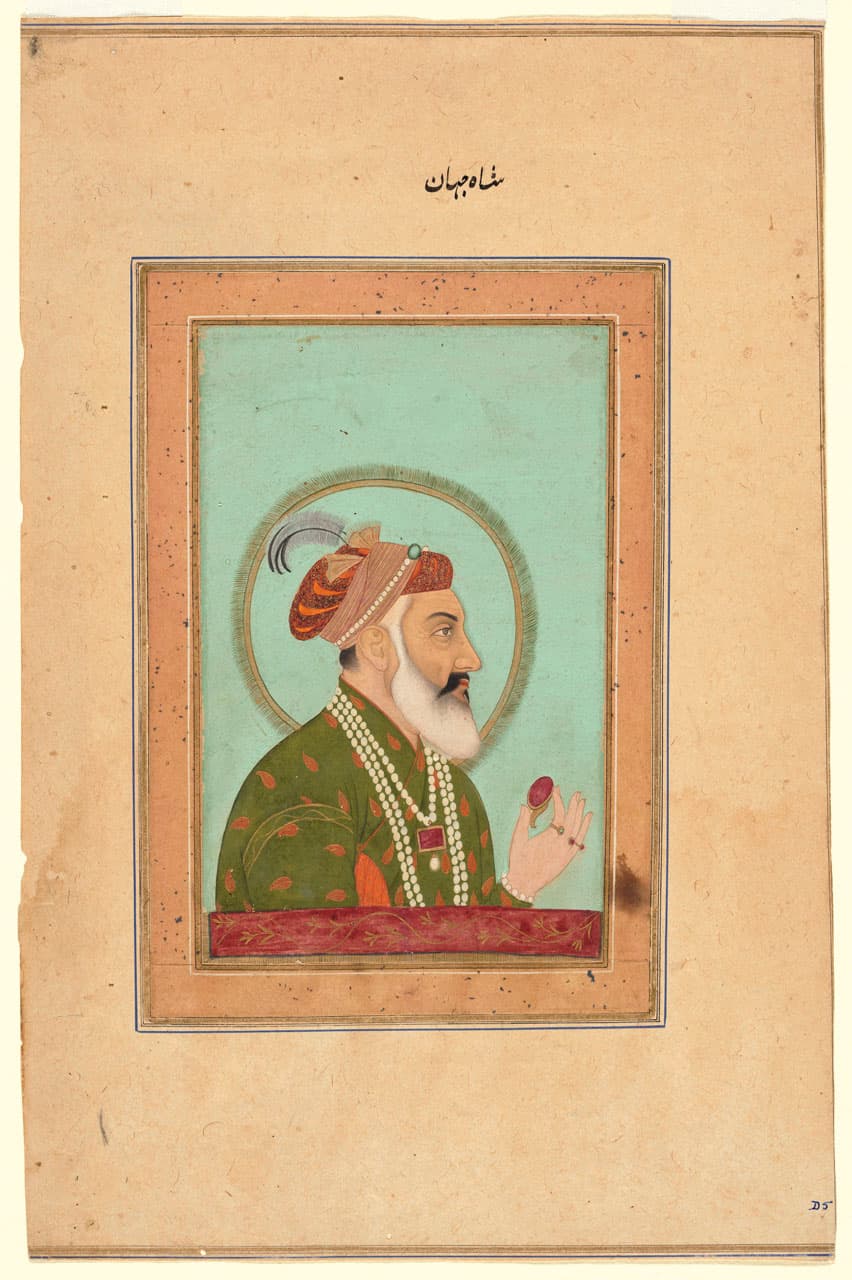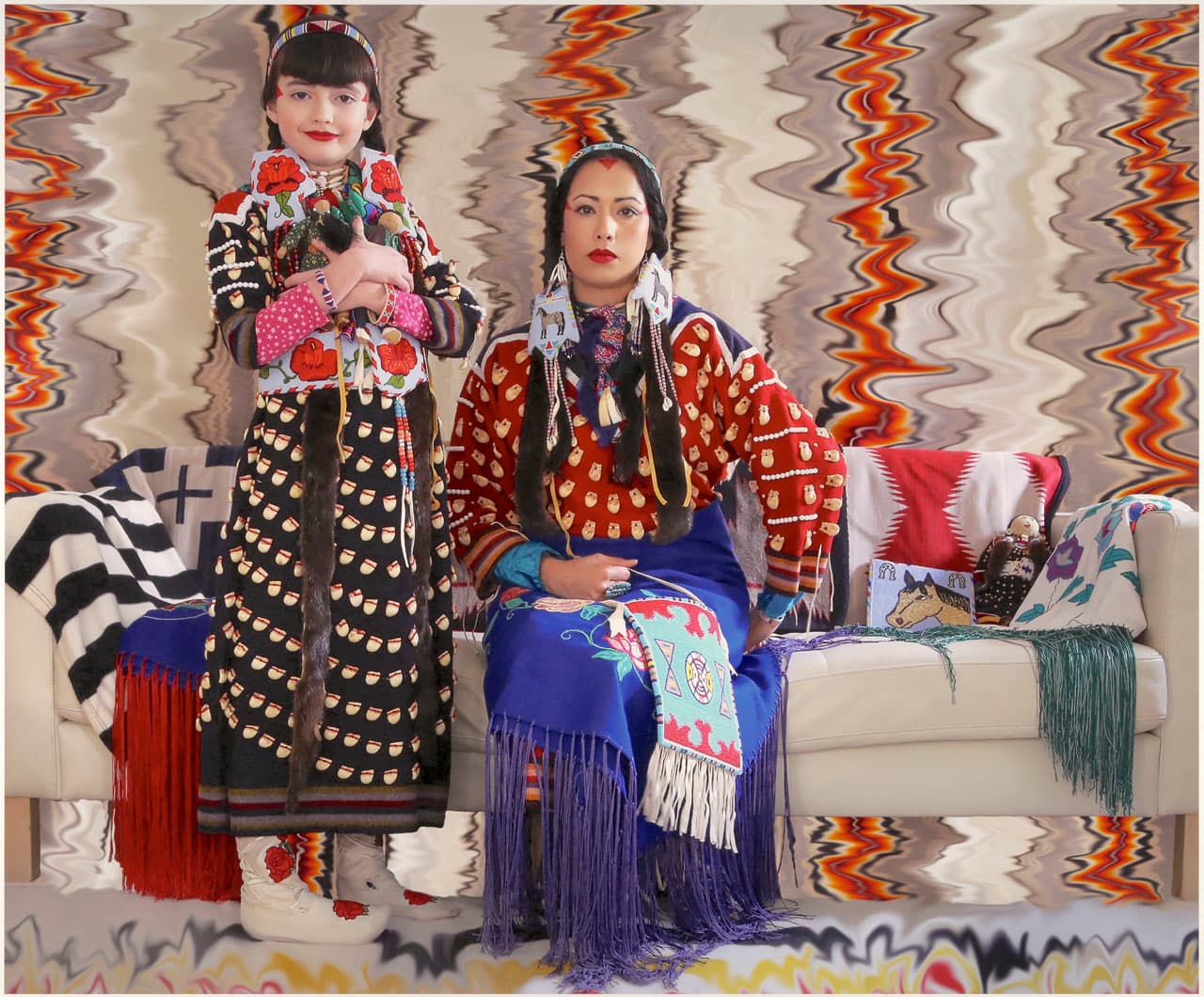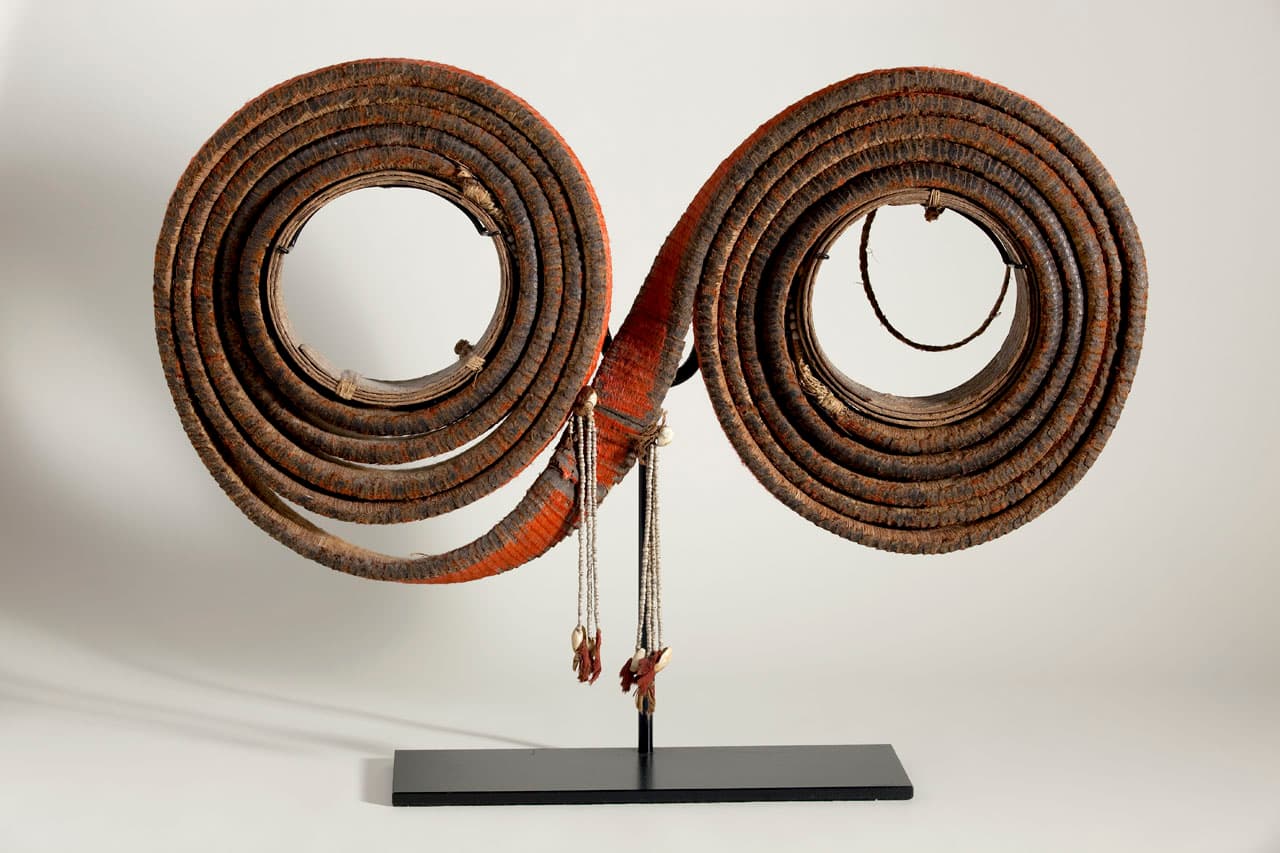Wayne Thiebaud
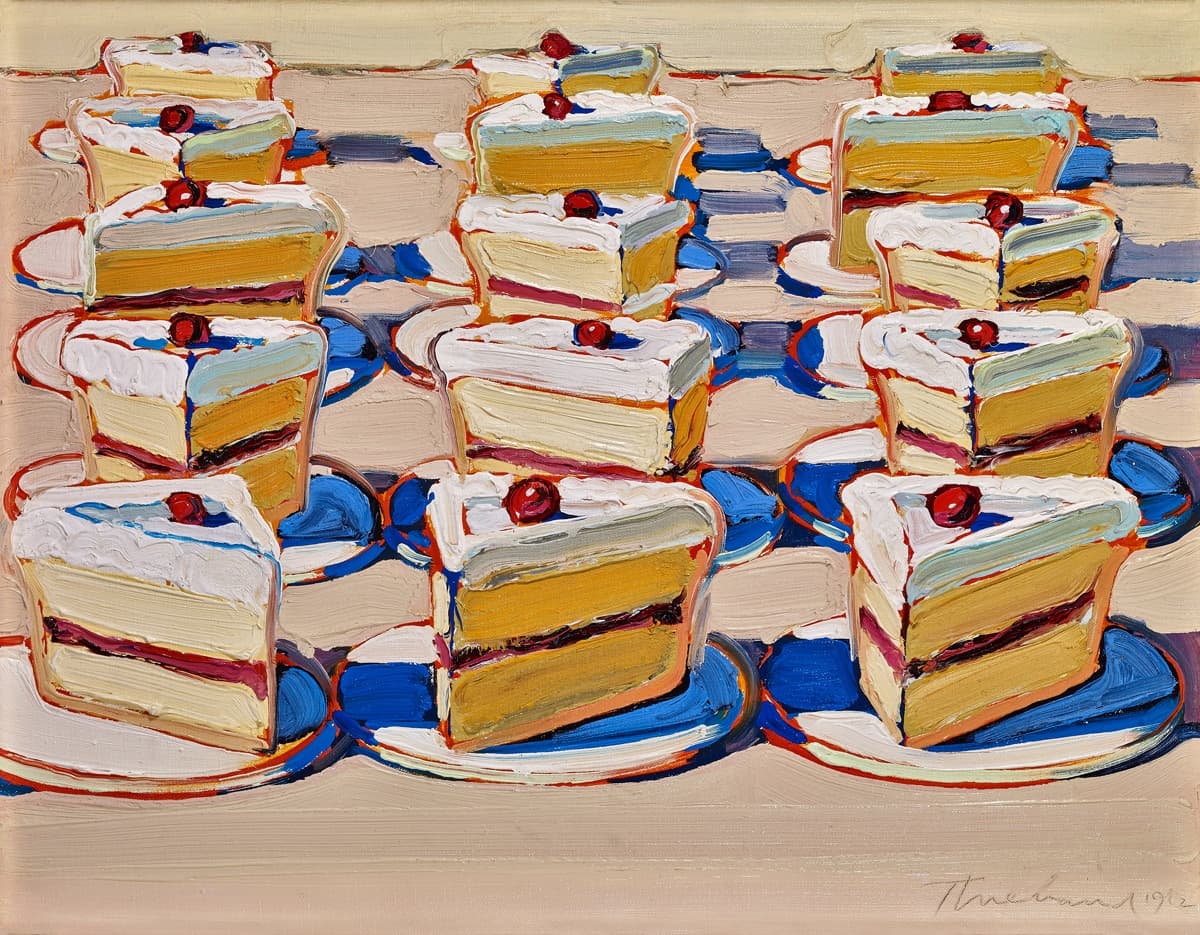
American, 1920–2021
About Wayne Thiebaud
Born November 15, 1920, in Mesa, Arizona, Thiebaud spent most of his childhood in Long Beach, California, and, for a time, in southern Utah. He came to the Sacramento region in 1942, having been stationed at Mather Field. Following his service, he worked in Los Angeles in the commercial art realm before deciding to pursue a career as a studio artist. In 1949, he enrolled at San José State College (today San José State University), taking both art and education courses. In 1950, he transferred to Sacramento State College (today California State University, Sacramento). While pursuing his master’s degree there, he started teaching college art and art history at Sacramento Junior College (now Sacramento City College).
In 1960, Thiebaud accepted a new teaching job at the University of California, Davis. Two years later, the Allan Stone Gallery held a successful exhibition of his still lifes of food and commonplace objects in New York, a watershed moment that launched his career. Not wanting to become pigeonholed as a still-life painter, Thiebaud subsequently focused on depicting people and landscapes. The latter came to include urban San Francisco views and, subsequently, rural Sacramento-San Joaquin Delta scenes. All the while, he continued to explore the food subjects that made him famous.
Based in observation and convincingly executed, Thiebaud’s art looks real and often feels comfortingly familiar, qualities that have made it beloved and led most viewers to describe it as “realist.” At the same time, extended looking evidences its unreality. Thiebaud filters his subjects through his memory, knowledge of art history, and imagination. Most of his finished works are manipulations of reality, capturing as much about what he knows or feels about a subject or place as its physical appearance.
